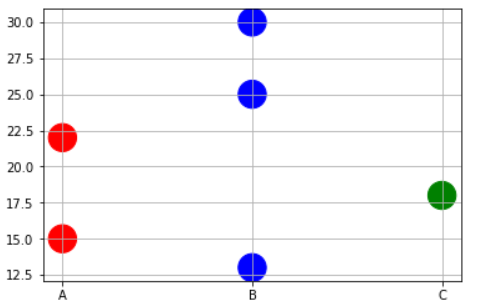I want to make a scatterplot (using matplotlib) where the points are shaded according to a third variable. I've got very close with this:
plt.scatter(w, M, c=p, marker='s')
where w and M are the data points and p is the variable I want to shade with respect to.
However I want to do it in greyscale rather than colour. Can anyone help?



